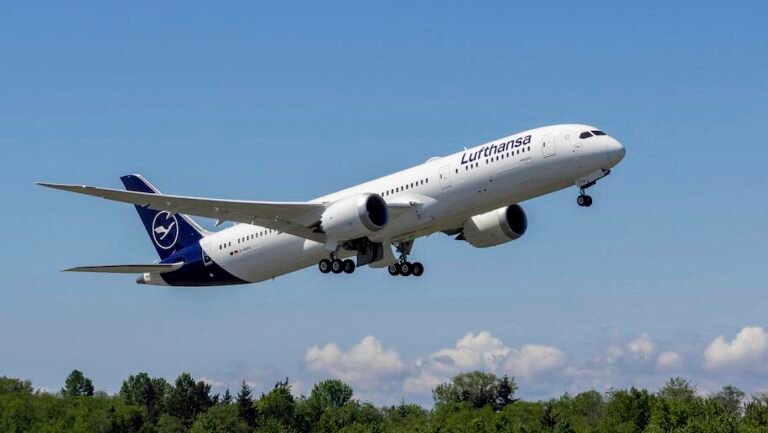Latin America Air Passenger Traffic Soars: Q1 2024 Sees 9% Surge, Adding 10 Million Travelers Colombia, Chile, Peru, and Brazil Lead Growth


In the initial quarter of 2024, the cumulative air passenger traffic surged by 9%, welcoming an influx of 10 million more passengers compared to the same period in 2023. The primary contributors to this growth were the markets of Colombia, Chile, Peru, and Brazil, collectively adding 4.6 million additional travelers.
Specifically in March, as outlined in the Passenger Traffic Report issued by the Latin American and Caribbean Air Transport Association (ALTA), the region witnessed the transportation of 41.1 million passengers, marking an 8% increase with an additional 3.05 million compared to March 2023. Brazil, Colombia, and Peru played pivotal roles in this surge, contributing 1.5 million additional passengers, with Colombia leading the charge by contributing 26% of the total increase.
“The breakdown by market reiterates the encouraging trend of March: the domestic market experienced a growth of 2.4%, while the international market stood out with an impressive increase of 14%,” highlights José Ricardo Botelho, executive director and CEO of ALTA. “The data shows that demand continues to rise. If we look at the first quarter of the year, we see that 120.8 million passengers were transported, an increase of 9% compared to the first quarter of 2023. Aviation has no longer been a luxury for a long time, it is an essential means of transportation for the population.” Botelho elaborates.
Mexico’s domestic market witnessed a downturn in March. While Brazil’s domestic air travel saw a modest 1% rise, with the Brasilia (BSB) to Sao Paulo (CGH) route showing the most growth at 13%, the Sao Paulo (CGH) to Rio de Janeiro (SDU) route experienced a 5% decline in passenger numbers.
Meanwhile, Colombia’s domestic air travel surged by 9.3%, totaling 2.6 million passengers, with the Bogotá (BOG) to Pereira (PEI) route showing an impressive 58% increase. Additionally, Colombia saw a notable boost in seating capacity.
In contrast, Mexico saw a 7% decrease in domestic traffic, totaling 4.9 million passengers, though the Saint Lucia (NLU) to Cancun route bucked the trend with a 56% growth.
Argentina’s domestic market grew modestly by 1%, while Chile’s surged by 6%, particularly on the Calama (CJC) to La Serena (LSC) route, which saw a remarkable 57% increase. Venezuela and Panama also experienced substantial growth in their domestic traffic, with increases of 30% and 52%, respectively.
Shifting to international air travel, Colombia experienced a significant 32.3% surge, Brazil saw a 22% increase, and the Dominican Republic recorded a 13% rise. Mexico, Argentina, and Chile also saw upticks in international passengers by 12%, 17%, and 24%, respectively. However, Venezuela led the pack with an impressive 68% growth in international traffic.
In the accumulated of the year, Venezuela stood out with a percentage increase in significant traffic of 60%. “This is an extremely relevant figure, but we assume that in absolute numbers there is still work to do. That is why ALTA is working with local authorities to promote the most efficient measures that enhance the air sector in the country,” says Botelho.
The CEO of ALTA emphasizes the critical need for regional governments to acknowledge the strategic significance of the aviation sector and foster strong collaboration to ensure sustainable growth in this vital industry. This entails ramping up investment in infrastructure and implementing streamlined regulations that enhance competitiveness and operational effectiveness.
The post Latin America Air Passenger Traffic Soars: Q1 2024 Sees 9% Surge, Adding 10 Million Travelers Colombia, Chile, Peru, and Brazil Lead Growth appeared first on Travel And Tour World.
Source link








